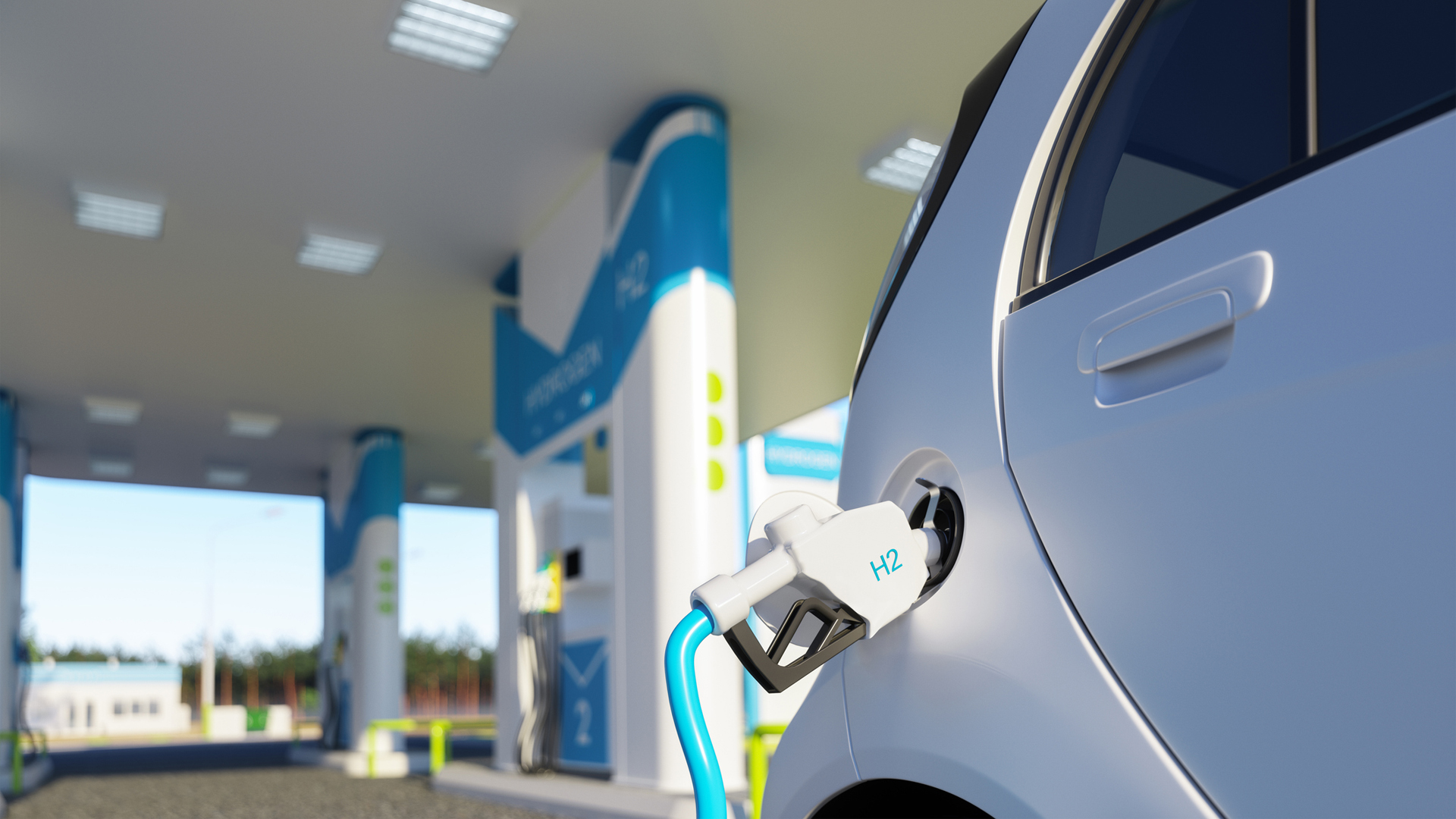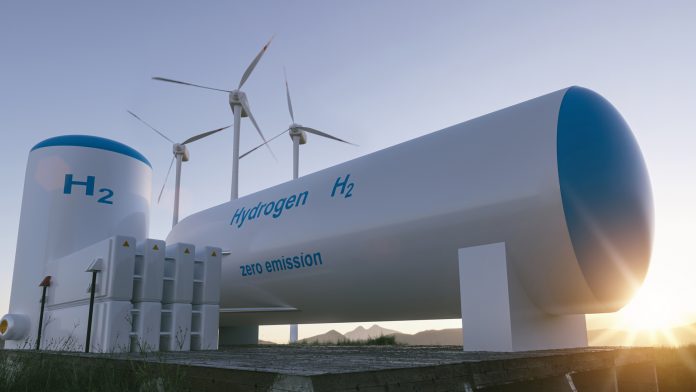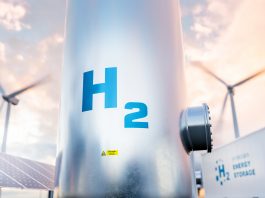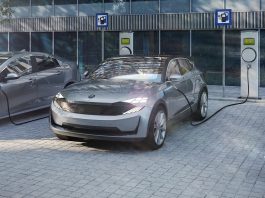Stephan Herbst and Juergen Guldner, on behalf of the Hydrogen Council, discuss the advantages of deploying both battery and fuel cell electric vehicles.
The transportation sector is responsible for about 24% of global CO2 emissions.1 Decarbonising it will require perhaps the most significant transition in the industry’s history. Despite the challenge, it is essential to tackle this to reach carbon neutrality at a global level.
Two electric mobility technologies, powered by batteries and hydrogen fuel cells respectively, have emerged as commercially viable solutions in different market segments that can help us transition to clean mobility. However, these solutions are often competing with each other rather than being complementary. This reductive dichotomy must be challenged by industry, governments, and the public broadly if we are to achieve our shared climate goals.
Many industry leaders are committed to a vision of decarbonising transport through a ‘combined world’ approach – a range of solutions including both fuel cell electric vehicles (FCEVs) and battery electric vehicles (BEVs). They are mobilising unprecedented investment to bring both solutions to the market because they believe that working together will make our transportation greener and will do so faster and cheaper than just one technology alone.

The advantages of deploying both BEVs and FCEVs
Firstly, deploying both BEVs and FCEVs in tandem maintains the flexibility and choice for consumers across all transportation sectors. The optimal choice between BEVs and FCEVs is dependent on location and end use. By having both available, we can meet the expectations of consumers and owners who are looking to optimise value. The better we address the needs and expectations of customers, the faster they will adopt these clean solutions.
Secondly, from a systemic perspective, BEVs and FCEVs are remarkably similar in efficiency when starting at the source of energy – be it solar or wind. However, BEVs are not a viable option for all regions and applications, and hydrogen can fill that gap. Hydrogen can be produced in regions with abundant renewable generation and shipped to areas struggling to reach renewable self-sufficiency, thereby expanding the penetration of renewables throughout the global economy.
Finally, the synergies between BEVs and FCEVs continue into the development of the related charging or refuelling infrastructure. Whilst conventional wisdom is that a single infrastructure is cheaper than two, data shows that developing two infrastructure networks is more cost-efficient. This is because hydrogen refuelling can reduce the peak load and bring large amounts of energy into relatively remote areas that have critical transportation needs, all whilst minimising the otherwise necessary and extremely costly upgrades or extension of the electric grid.

Collaboration is needed to decarbonise transport
We are convinced that both technologies are needed. We know that the transition to decarbonised transport is just getting started. Even with the high growth of BEV sales in recent years, 98% of passenger vehicles and virtually 100% of commercial vehicles on the road are still powered by combustion engines. BEVs and FCEVs are contributing to the same goal: decarbonising the global fleet. Every BEV and FCEV on the road is a step in the right direction.
Moving to zero emission transportation presents many challenges, but it can be accomplished when the industry and government are focused on the goal and work together. We have not just one but two commercially viable options at our disposal that can accelerate and de-risk the transition whilst keeping costs down. Pursuing both FCEVs and BEVs in parallel fosters innovation and progress. In the race to save the planet from global warming, we must pursue both pathways to succeed.
References
- IEA, Transport Improving the sustainability of passenger and freight transport, https://www.iea.org/topics/transport
Stephan Herbst
Technical Head Powertrain Hydrogen and Fuel Cell Business Unit
Juergen Guldner
General Manager Hydrogen Technologies and Vehicle Projects
The Hydrogen Council
https://hydrogencouncil.com/en/
https://www.linkedin.com/company/hydrogencouncil/
https://twitter.com/HydrogenCouncil
Please note, this article will also appear in the tenth edition of our quarterly publication.









